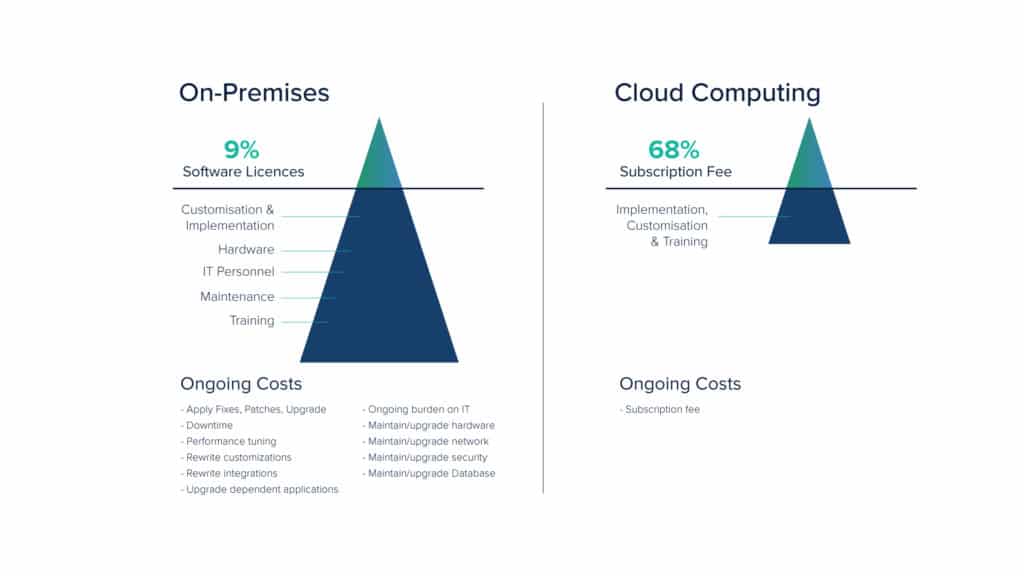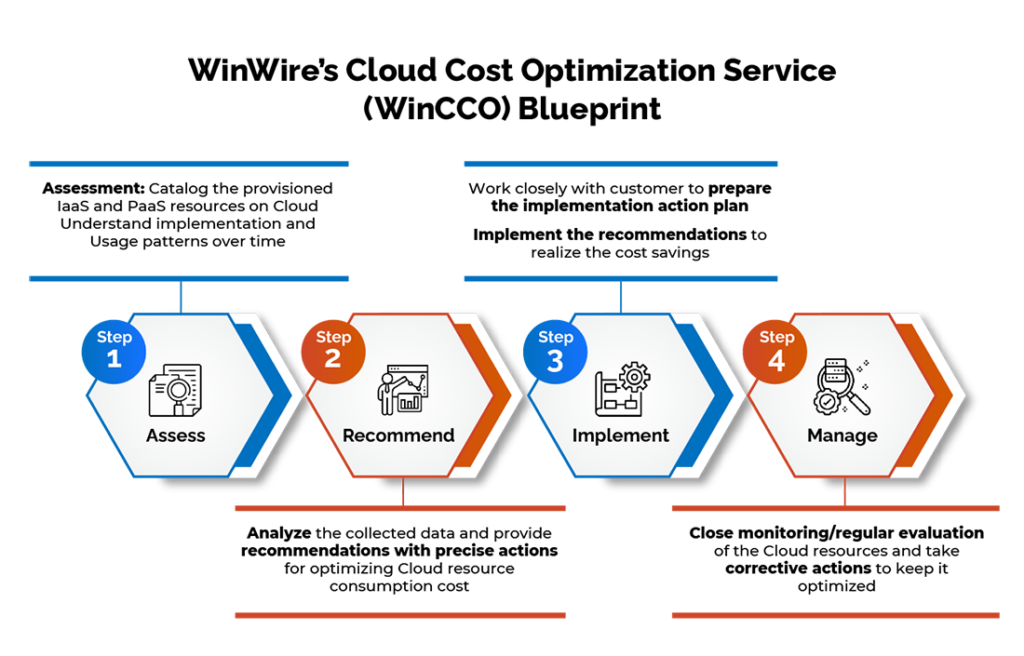In today’s increasingly digital world, businesses are relying more and more on cloud computing to store and manage their data. While cloud computing offers numerous benefits such as scalability, flexibility, and accessibility, it also comes with a significant cost. As businesses scale up their cloud infrastructure, they may find themselves facing unexpectedly high bills that can eat into their profits. This is where cloud cost optimization comes into play.
Cloud cost optimization refers to the process of minimizing the costs associated with cloud computing while optimizing performance and meeting business needs. It involves identifying areas of inefficiency and waste in cloud infrastructure and implementing strategies to reduce costs without compromising on quality or reliability. In this article, we will explore why cloud cost optimization is so important for businesses and how it can help them save money and improve their bottom line.
Cloud cost optimization is an important process for businesses of any size due to the fact that cloud service costs can quickly add up. It is essential to be able to identify areas where cloud costs can be reduced, while still maintaining high levels of service and performance. Cost optimization can be achieved by using cloud analytics tools to identify inefficient workloads, implementing cost control policies, and leveraging cost-effective cloud service providers.

Why Cloud Cost Optimization is Important
Cloud computing has become an integral part of many businesses, providing them with a flexible, scalable and cost-effective way to manage their operations. However, it is important to ensure that cloud costs are optimized to maximize savings and minimize inefficiencies. Cloud cost optimization is the process of managing cloud costs in order to ensure that companies are getting the most out of their cloud resources.
The Benefits of Cloud Cost Optimization
Cloud cost optimization can provide numerous benefits to businesses, including increased efficiency and cost savings. By monitoring cloud costs, businesses can identify areas of potential savings, such as unused or underutilized resources. This can help to ensure that businesses are only paying for the services they need, and not overspending on unnecessary services. Additionally, cloud cost optimization can help to improve performance, as businesses can identify areas where resources are being overutilized and adjust their usage accordingly.
Another benefit of cloud cost optimization is that it can help businesses to identify areas of potential growth. By monitoring usage and costs, businesses can identify areas where they can expand their operations without incurring excessive costs. This can lead to increased productivity and cost savings as businesses are able to maximize their cloud investments.
The Challenges of Cloud Cost Optimization
Although cloud cost optimization can provide numerous benefits, there are some challenges that businesses must consider when implementing it. For example, cloud cost optimization requires a deep understanding of cloud services and an understanding of how they are used. Additionally, cloud cost optimization can be time-consuming, as businesses must continually monitor their usage and costs in order to identify potential savings. Finally, cloud cost optimization can be difficult to implement, as businesses must be sure to follow best practices and ensure that their cloud services are secure.
Despite these challenges, cloud cost optimization is an important process for businesses to undertake in order to maximize their cloud investments and ensure that they are getting the most out of their cloud services. By monitoring usage and costs, businesses can identify areas of potential savings and maximize their investments. Additionally, businesses can use cloud cost optimization to identify areas of potential growth and improve their operations. Ultimately, cloud cost optimization can help businesses achieve greater efficiency, cost savings, and improved performance.
Frequently Asked Questions
Cloud cost optimization is an important process for businesses to reduce the costs of cloud services and increase the efficiency of their cloud operations.
What is cloud cost optimization?
Cloud cost optimization is the process of reducing the costs associated with running cloud services and applications. It involves analyzing and optimizing the utilization of cloud resources and maximizing value from the cloud services and applications. This includes assessing the current infrastructure, identifying opportunities for cost savings, and implementing strategies to reduce costs. By optimizing cloud costs, businesses can reduce the amount of money they spend on cloud services and applications, which can help them save money and improve their bottom line.
Why is cloud cost optimization important?
Cloud cost optimization is important for businesses because it can help them reduce their overall cloud costs and improve their efficiency. By optimizing cloud costs, businesses can ensure they are getting the most value out of their cloud services and applications. This can help them save money and increase their profits. Additionally, cloud cost optimization can help businesses increase the performance of their cloud services and applications, which can lead to better customer experience and satisfaction.
What are the benefits of cloud cost optimization?
The benefits of cloud cost optimization include cost savings, increased efficiency and improved performance. By optimizing cloud costs, businesses can reduce the amount of money they spend on cloud services and applications, which can help them save money and improve their bottom line. Additionally, cloud cost optimization can help businesses increase the performance of their cloud services and applications, which can lead to better customer experience and satisfaction.
How do I get started with cloud cost optimization?
Getting started with cloud cost optimization is relatively simple. The first step is to assess the current infrastructure and identify areas for improvement. This includes analyzing the current usage of cloud services and applications, and identifying areas where costs can be reduced. Once the areas for improvement have been identified, businesses can then deploy strategies to reduce costs, such as reducing the number of resources used or optimizing the use of existing resources.
What are the best practices for cloud cost optimization?
The best practices for cloud cost optimization include regularly assessing cloud usage, optimizing cloud utilization, and deploying cost-saving strategies. It is also important to monitor the costs associated with cloud services and applications on a regular basis in order to identify opportunities for cost savings. Additionally, businesses should ensure they are taking advantage of any discounts or special offers available from cloud service providers. Finally, businesses should make sure they are taking advantage of any tools or services that can help them optimize their cloud costs.

In conclusion, cloud cost optimization is a crucial aspect of any organization’s cloud strategy. By optimizing cloud costs, businesses can significantly reduce their overall expenditure, boost their operational efficiency, and improve their bottom line. In today’s highly competitive business environment, where every penny counts, cloud cost optimization plays a vital role in ensuring organizations remain financially sustainable and competitive.
Moreover, cloud cost optimization is not a one-time event, but an ongoing process that requires continuous monitoring, analysis, and optimization. With the help of cloud cost optimization tools and the expertise of professionals, businesses can keep their cloud costs in check and ensure they are getting the most value from their cloud investments. In short, cloud cost optimization is not an option but a necessity for all organizations that want to stay ahead of the competition and succeed in today’s digital marketplace.


